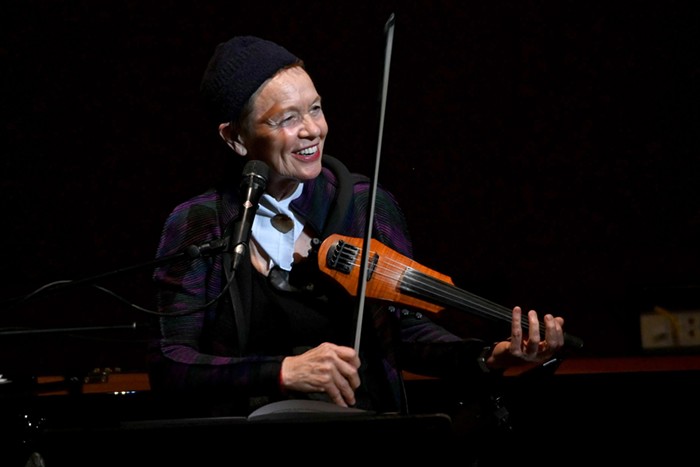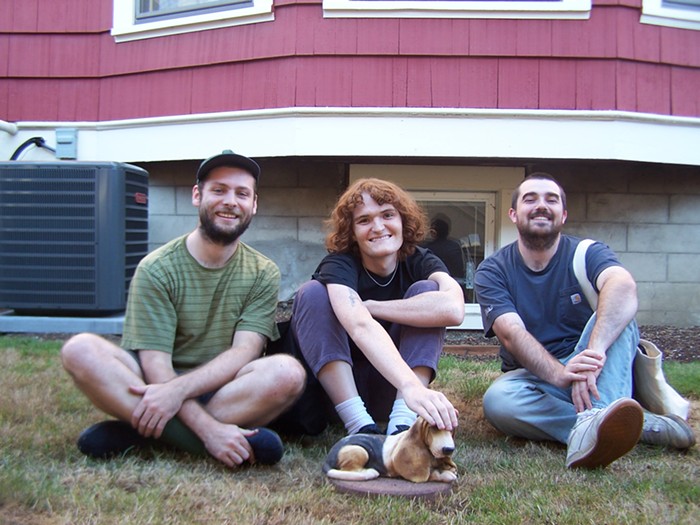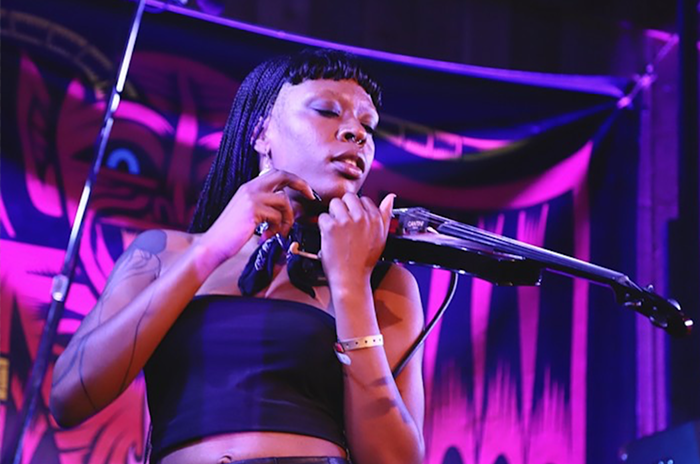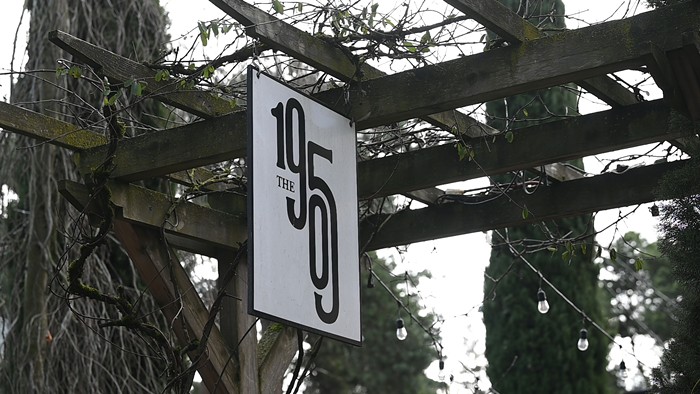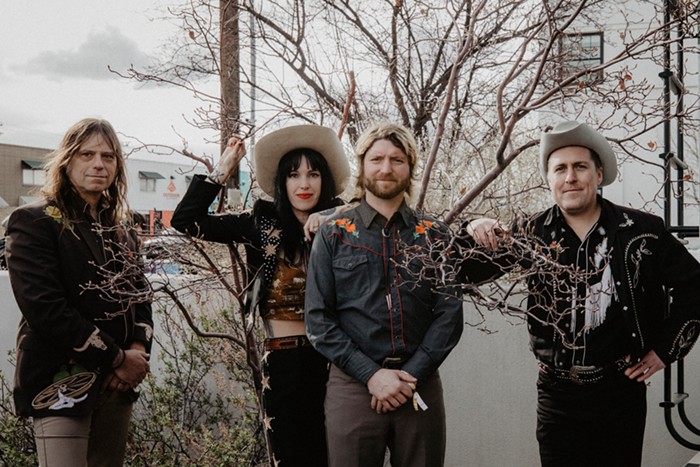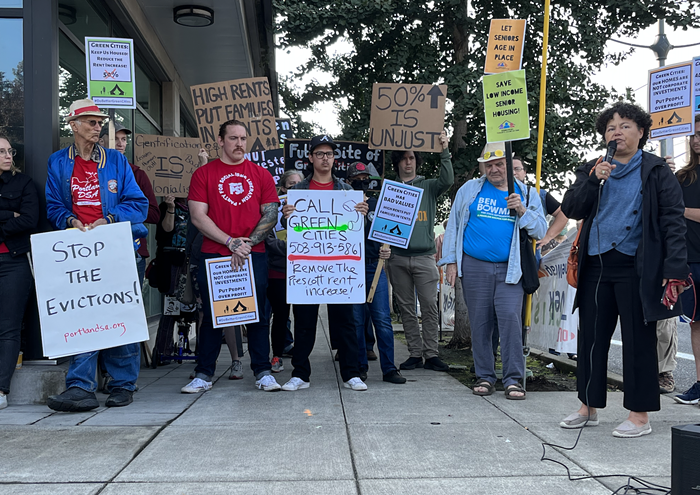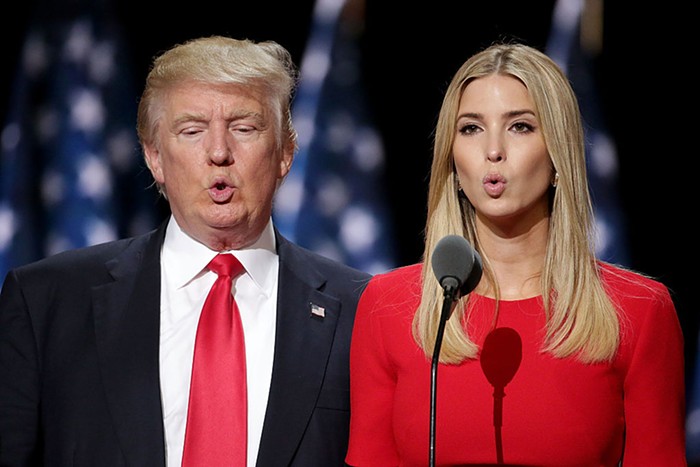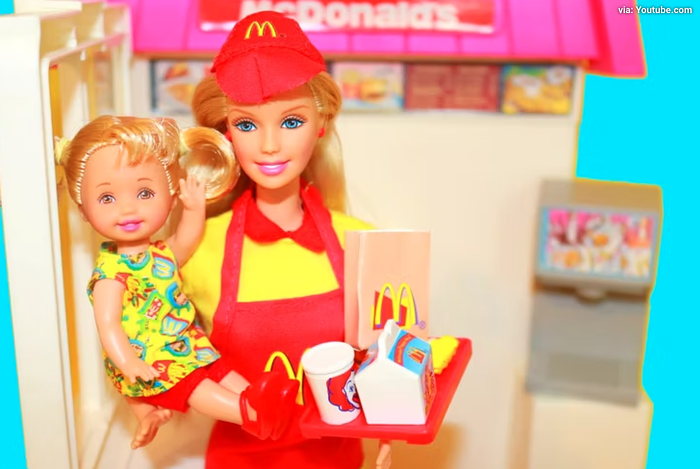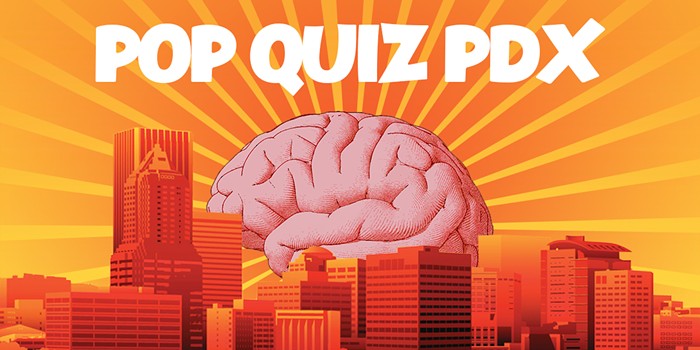It's not just person-to-person violence that is articulated in rap-music imagery, but also mass destruction. In fact, imagining mass destruction has been a long-standing tradition in rap. The cover photo of Jeru the Damaga's 1994 release, The Sun Rises in the East, for example, has him crouched in the foreground with tightened fists and a determined face, and in the background the Twin Towers are on fire. (Seriously! In 1994!) And in 1998, Busta Rhymes released E.L.E. (Extinction Level Event): The Final World Front, the cover of which has all of lower Manhattan engulfed in flames.
It's not as though the intention of these albums is to destroy New York--rather, the imagery is the visual introduction to the world that these talented emcees are writing about. Even the worst of the candy-rappers predicate their vision on indiscriminate violence: I'm sorry to make everyone remember Kris Kross, but I must note here that the friendly-faced duo's 1993 album cover for Da Bomb pictured their figures superimposed on a nuclear bomb's mushroom cloud.
In rap journalism, to say a song is "post-apocalyptic" is to praise its vision. As loose-jawed as rap journalism can be, this is not without insight. Rap has always looked to the future in its music-making, as if its authors were writing science fiction. In rap's embryonic days, Grandmaster Flash turned the DJ's record turntables into the mobilizing "Wheels of Steel," and Herbie Hancock wrote the breakdancing anthem "Rocket." Soon rap became an unbridled investigation into violence: the violent impulse, the reality of daily violence, the violent imagination, etc. Conflate the two--futurism and unfettered violence--and boom! The end of the world is upon us. Or, at least, the end of America.
The apocalypse is not upon us as a result of hiphop. Mass destruction is not anticipated by these albums--instead, the music is evidence of life after these events. Rap is what has survived the apocalypse. Necessarily, the cities that these rappers have been living in have already been subjected to "extinction-level events." The New York that Method Man, for example, has always been rapping about in his jagged, gruff, shifty rhymes is very much like many people's current perception of the "changed" New York, after September 11.
When rap addresses ideology, it speaks to an entire post-apocalyptic culture. And the language systems that some of the best rappers employ are from the future, where certain features of American English (and its spellings, too) have become obsolete. Rap music's sounds are not organic either, but mechanical; not operated by humans, but by autonomous technology. Rap reincarnates the past with its loops--James Brown is in eternal recurrence--and makes people dance like robots.
And, most appropriately for the 2001 holiday season, rap remembers and eulogizes hugely disastrous events. Whether you are still wrapping your mind around the unbelievable terror of the 9/11 attacks, remembering those lost, living in fear, wanting to kill, or at least trying to understand how to live in a changed America, there are dozens of rap songs to soundtrack your efforts.
